Description
The Snake Nebula (also known as Barnard 72) is a dark nebula in the Ophiuchus constellation. B72 is one of 370 dark markings of the sky cataloged in the early 20th century by astronomer E. E. Barnard.
It is a small but readily apparent S-shaped dust lane that snakes out in front of the Milky Way star clouds from the north-north-west edge of the bowl of the Pipe Nebula. 37 arc mins x 17 arc mins in Size, Its thickness runs between 2′ and 3′ and runs around 6′ in the north-west / south-east orientation. A good view in a 4″ to 6″ telescope requires clear dark skies. The Brightest Star in this photo is 4.1 magnitude star 44 – Ophiuchi.
It is part of the much larger Dark Horse Nebula that hangs above the Galactic Center region of our Milky Way Galaxy!
To the right side of the Snake Nebula is found Barnard 68 a very dark dense nebula. Below it are found Barnard 69, Barnard 70, and Barnard 74.
What are dark Nebulae you ask?
Interstellar dark clouds of obscuring gas and dust!
Dark nebulae are not unlike what we normally think of as a nebula. The are expansive clouds of gas and dust that could potentially form stars in the future.
With no form of illumination, the only way that these nebulae can be observed is when they obscure the light of objects behind them.
Their shapes are visible in cosmic silhouette only because they lie in the foreground along the line of sight to rich star fields!
B72 The Snake Dark nebula is about 5 light years across, and is approximately 650 light years distance from us. Modified Canon Rebel Xsi DSLR & 5.5 Newt. Reflector, ISO 1600, 68 minute exposure.


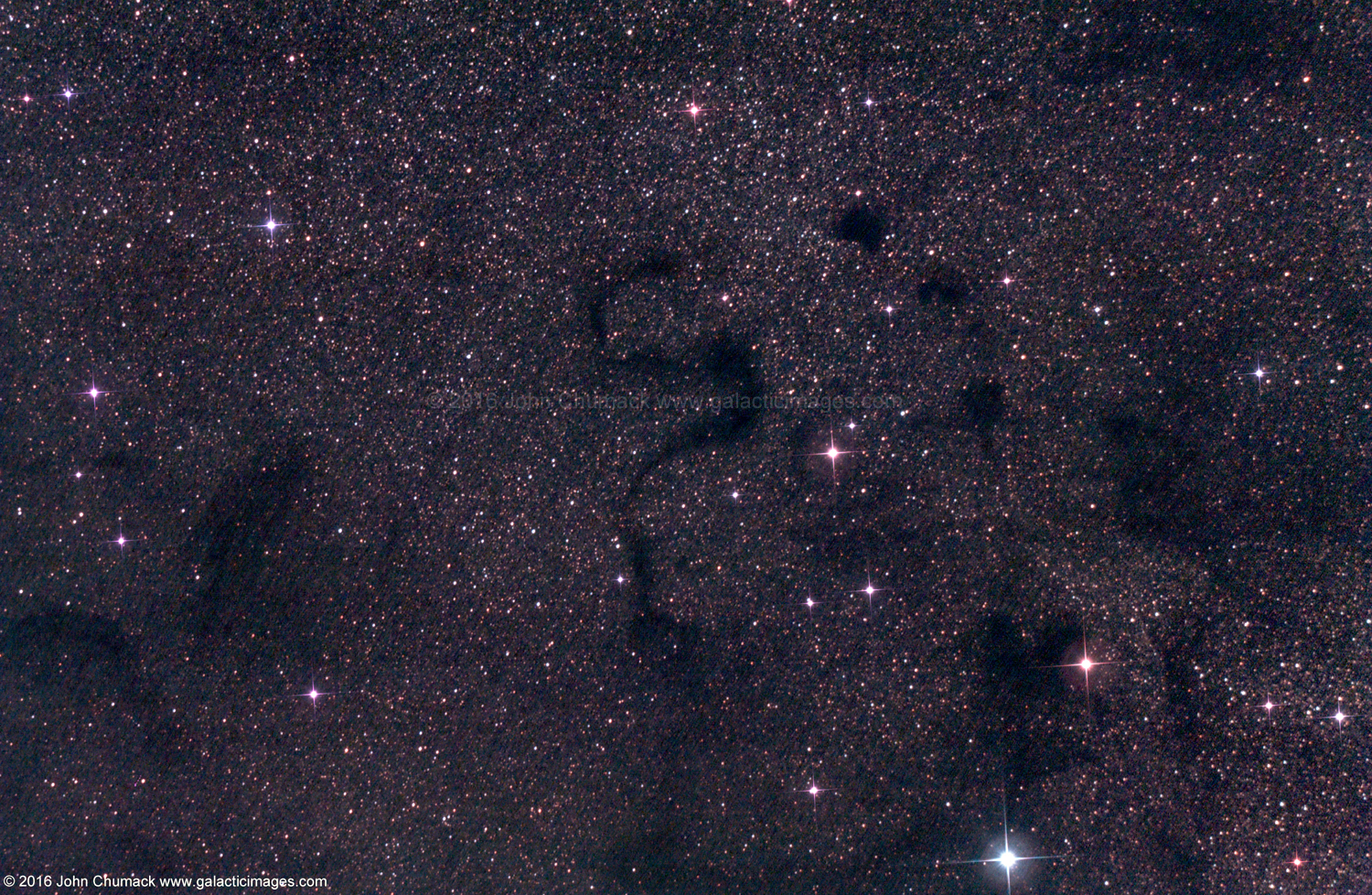
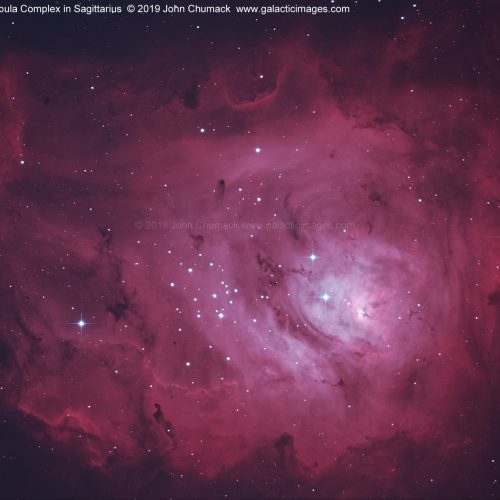
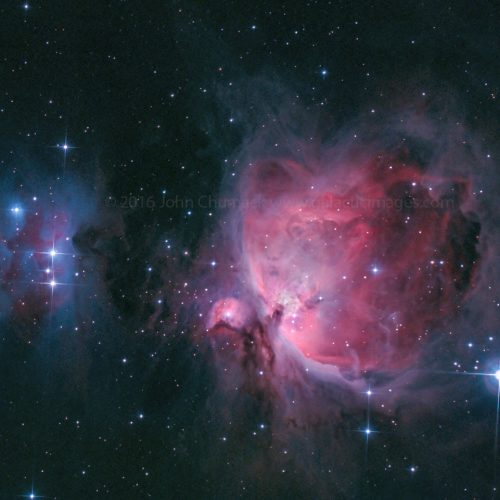
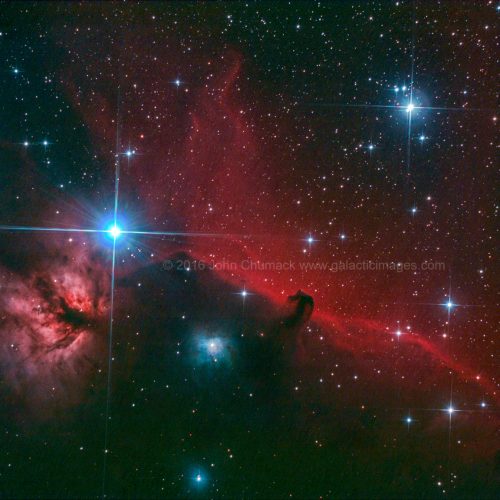
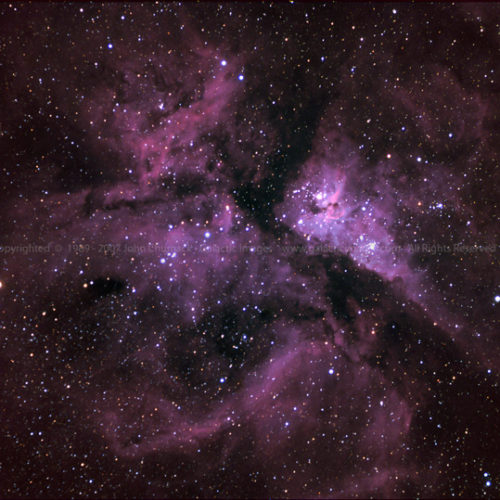
Reviews
There are no reviews yet.